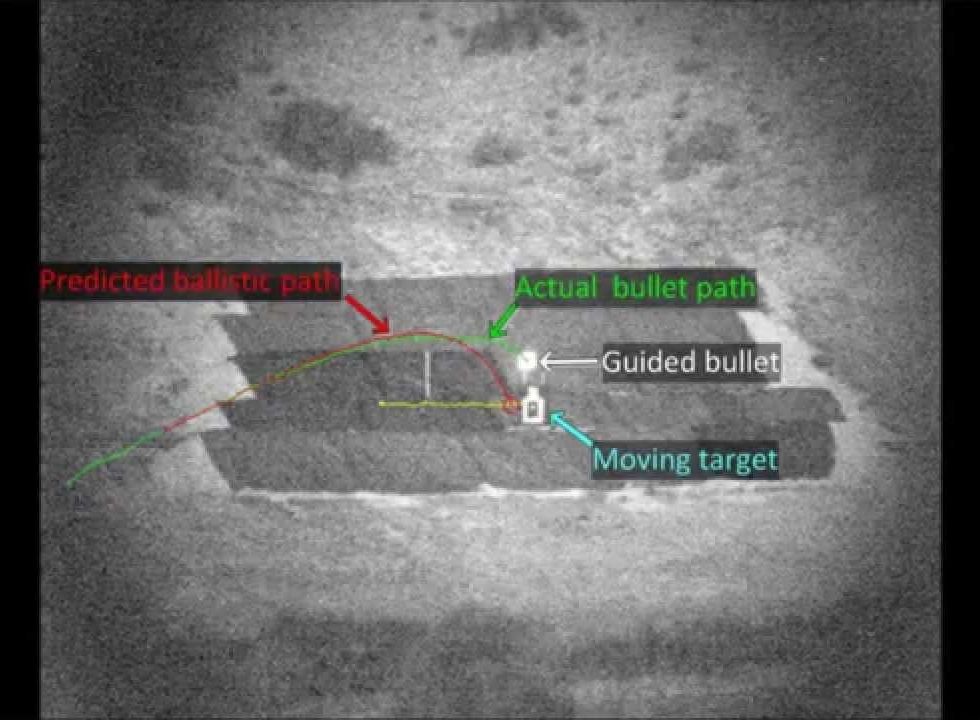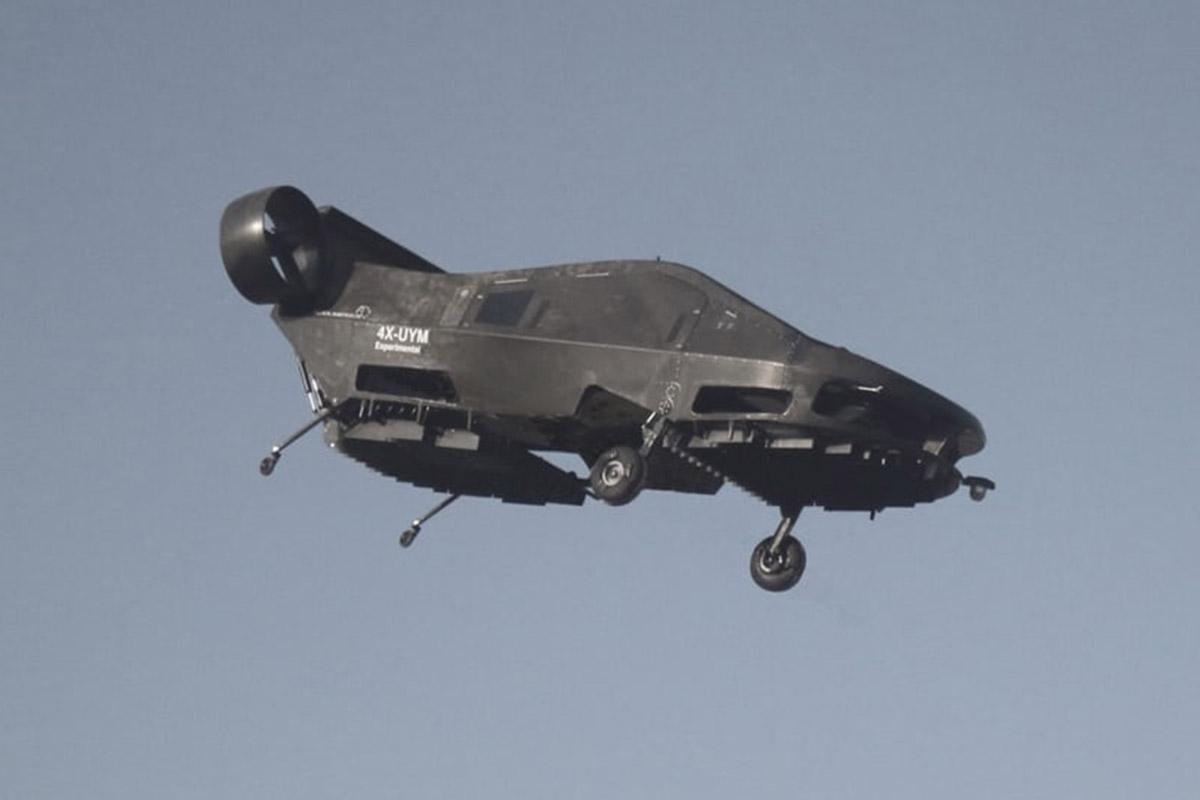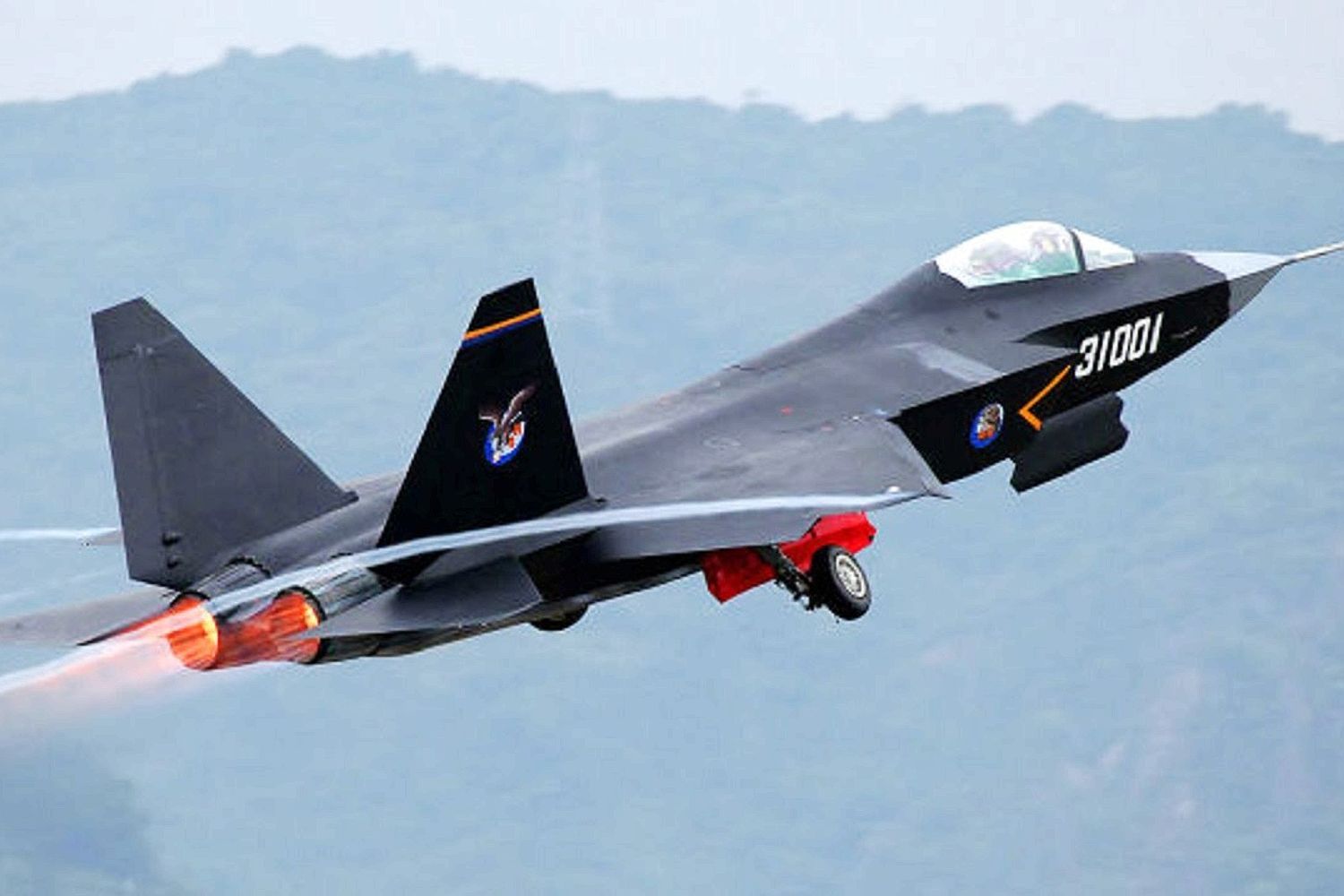Is it possible to kill bacteria with bacteria?
This is the unorthodox question posed by a team of researchers funded by the Defense Advanced Research Projects Agency (DARPA)—a research and development organization within the U.S. Department of Defense—that is exploring whether an unusual type of bacteria that eats other bacteria could be a new weapon in the fight against drug-resistant infections.
Known as the Pathogen Predator program, the DARPA initiative (led by Dr. Barry Pallotta) is part of a growing effort to seek new and innovative ways to defeat drug-resistant superbugs, which are rapidly evolving to beat even our most powerful antibiotics.









